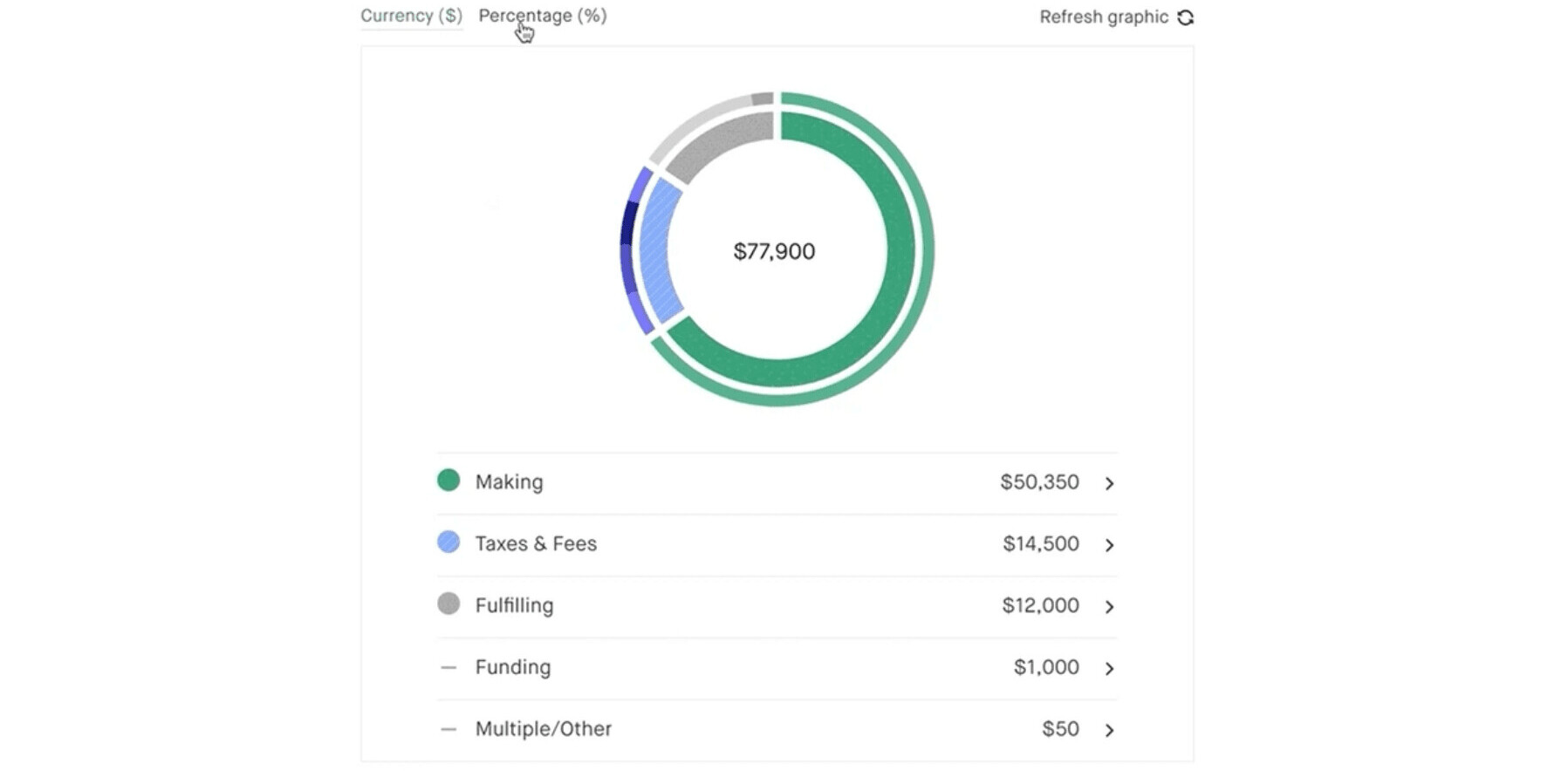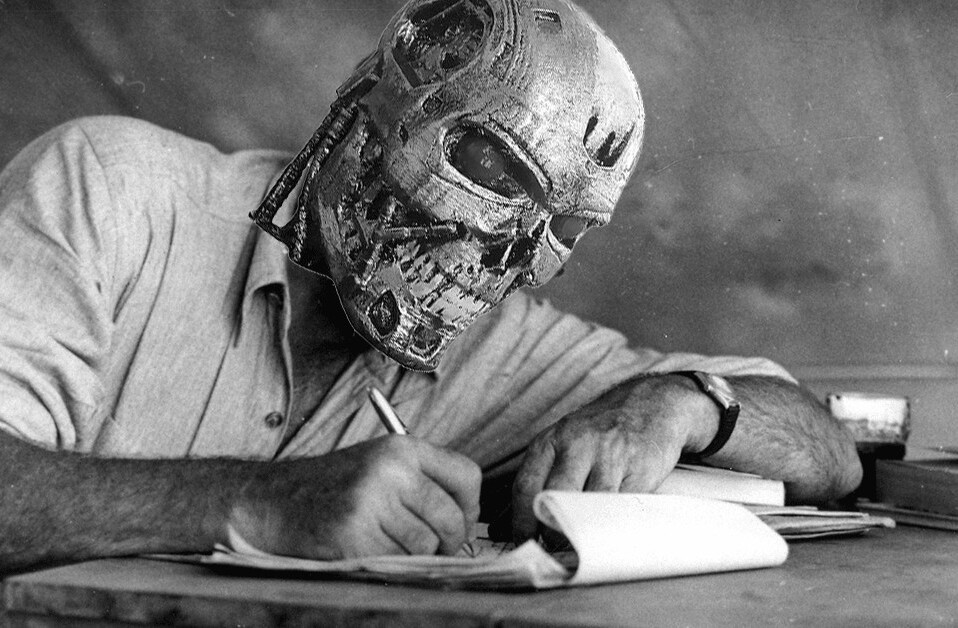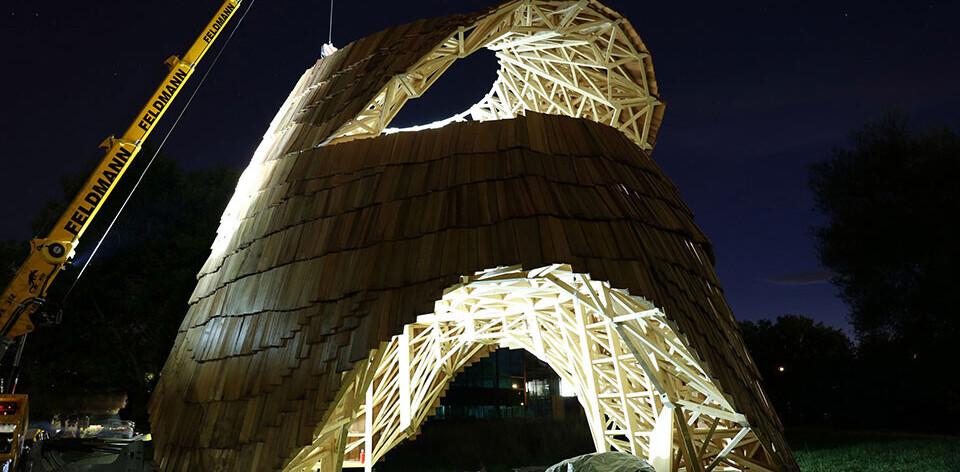
Today at F.ounders 2013 event at NASDAQ MarketSite, a panel of folks got together to chat about how rapid prototyping, crowd funding and manufacturing are changing the face of hardware.
The panel had Wired editor Bill Wasik interviewing Julie Uhrman of the OUYA Android gaming console, Ben Kaufman of idea-focused product marketplace Quirky, Liam Casey of PCH International and Alex Hawkinson of Smart Things.
The first topic was what exactly has changed to make a hardware startup viable?
Hawkinson says that the barriers have really come down over the last few years, with techniques including rapid prototyping. “There are enormous opportunities for [software] out there,” he notes while referencing quantified self and small hardware startups like Nest, “but to access them you need to wrap that software in a tiny bit of hardware.”
Uhrman notes that the hardware game is getting ‘softer’ due to things like crowd-funding. “What Kickstarter does is say ‘I have this idea, and if you believe in it too, we’ll make it’. This allowed us to solve the number one problem with a startup…which is traction,” she adds. “We hit a chord with gamers, so gamers backed us and when developers saw that gamers were on board and that there were going to be units out there.”
So the benefit of Kickstarter included both traction and a selling point for developers, who will provide the software that will determine the success of the OUYA as a continuing platform.
“One of the biggest misconceptions that inventors have is that ‘all I need is a little bit of money,” said Kaufman, “but it’s just one part of a larger puzzle.”
“In our world,” added Casey, “we look at Kickstarter and it’s just foreplay. There’s a lot more to come after that.” But he did note that Uhrman did go to Best Buy and other stores trying to sell it before going to Kickstarter, which allowed it to become a reality.
Hawkinson took the Kickstarter and money point a step forward, saying that it’s best when it’s completely not about the money. Uhrman disagreed, saying “If I did not raise $950,000, I would not be here.”
The group did seem to agree that the money and community aspects of Kickstarter both had importance when it came to helping companies get started. But noted that it was just a beginning and that it was best for ‘starting companies’, not ‘getting a product out there’.
Kaufman noted that the manufacturing space had changed somewhat in that companies are building in China, but that they’re still having to ‘babysit’. “You’re in a factory cafeteria in China and there’s 500 Apple people there that were flown in from Cupertino, because they still have to babysit,” he says.
Casey noted that China was important for another reason. “We’re able to put a fulfillment center right next to a factory there. We were able to take a supply chain that was three months and shrink it down to three days,” he said. He also added that China was the only place that it could now make some of tis products because of the access to raw materials and skilled workforce. He did note that they’re building up an engineering facility in San Francisco now, which is up to 30 people.
Kaufman and Casey both agreed that there would definitely be some products moving back to the US for manufacturing as the supply chain compression takes effect and new techniques allow for less overhead. “When I can fulfill a product in three days, it doesn’t matter where you make it,” Casey said.
Hawkinson notes that, with the modern emphasis on a complete user experience from the packaging to the device itself, it’s more important than ever to control that. Apple, he says, has led the way there, but it’s now no longer an option.
The biggest hardware problem to solve yet? Kaufman says that it’s about the hardened steel tool. Because so much of manufacturing is centered around this type of tool and die manufacturing, it’s not going to move forward until they reinvent that, and he says he’s ‘not sure’ that 3D printing is it.
Get the TNW newsletter
Get the most important tech news in your inbox each week.




